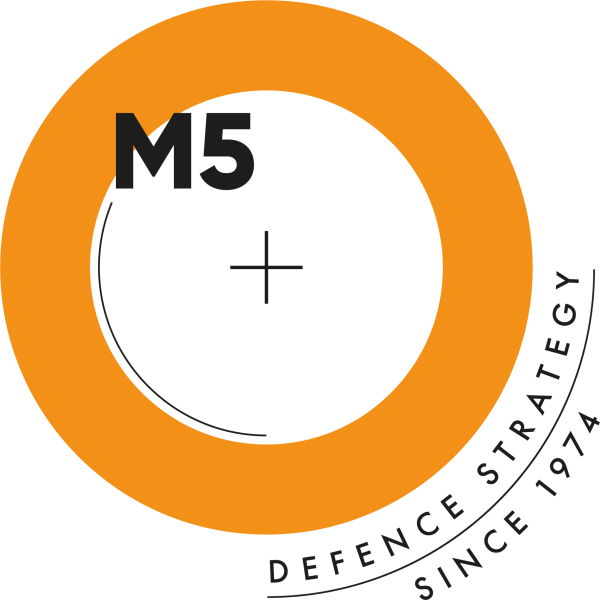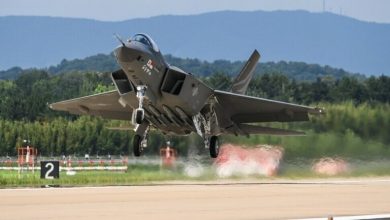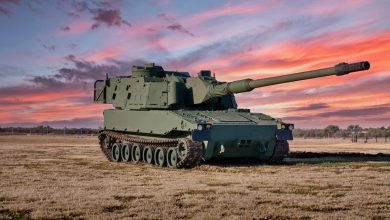Pratt & Whitney’s Rotating Detonation Engine Promises More Powerful Missiles

Pratt & Whitney has wrapped up a series of tests on a new propulsion technology that promises a leap in fuel efficiency, range, and speed for future weapons.
The rotating detonation engine development is part of the US Defense Advanced Research Projects Agency’s Gambit project.
Pratt & Whitney’s parent organization, RTX, was contracted for the project in October 2023.
An integrated engine and vehicle ground test will take place in the coming years, according to an RTX press release.
“Our testing simulated aggressive assumptions for how and where the rotating detonation engine needs to perform,” senior director of GATORWORKS at Pratt & Whitney Chris Hugill said.
“This testing validated key elements of Pratt & Whitney’s design approach and provides substantiation to continue RTX vehicle and propulsion integration to accelerate future capabilities for our customers.”

Rotating Detonation Engine
A rotating detonation engine generates higher thermal efficiency through an alternate thermodynamic cycle compared to a traditional turbojet or turbofan engine.
Greater thermal efficiency allows a more compact design than gas turbine, rocket, and ramjet engines, creating more space for additional fuel, payload, and sensors.
Moreover, the engine has no moving parts, which makes its production easier and cheaper.
How It Works
In a rotating detonation engine, combustion takes place within a sealed, ring-shaped chamber, RTX explained.
During flight, fast-moving air is pulled into the chamber, where a precise mix of fuel is injected.
This fuel mixture ignites a continuous, flame-like detonation wave that circulates around the ring, sustaining propulsion as long as fuel is supplied. The resulting energy is then converted into thrust to power the air vehicle.
Two-Phase Program
Gambit is a two-phase program, each lasting 18 months.
Phase one includes preliminary design of a freejet test engine and combustor and inlet testing.
The next round includes detailed design, fabrication, and testing of the freejet test engine.





